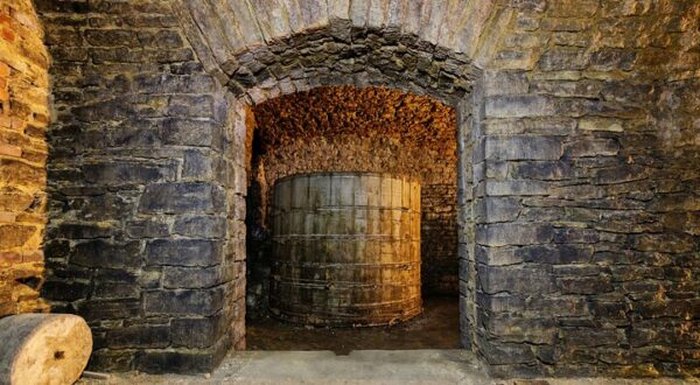Brewing beer at home is considered more of a tradition rather than a fad or a passing market trend in the UK. In order to do it properly, however, it is necessary to have a thorough understanding of the mechanisms, processes, technologies, tools and, above all, the ingredients to be used in home brewing.Of course, brewers already know very well that four main elements are needed to make beer: malt, hops, water and yeast, which is a key element in the brewing process.There are many strains of yeast brew on the market that can be used to produce very different beers with different flavours and tastes.Even their classification is not unambiguous, but they can be distinguished into large classes of yeast designed to trigger unique and clearly distinguishable fermentation processes.Indeed, yeast plays the important role of activating the sugars naturally present in the wort and transforming them into alcohol, carbon dioxide and other elements known as ‘esters’ that characterise the aromaticity of the finished product.It is therefore worth taking a closer look at the different yeast strains that can be used for home brewing. Top-fermented vs bottom-fermented yeasts The first distinction to be made, when talking about brewer’s yeasts for brewing, is precisely that between top-fermenting and bottom-fermenting yeasts.In the first family of yeasts, the top-fermenting ones, are all strains of brewer’s yeast, technically known as Saccharomyces Cerevisiae. These act at higher temperatures, staying on the surface of the wort and yielding a beer very rich in warm, fruity aromas.The bottom-fermenting ones, Saccharomyces pastorianus, on the other hand, need lower temperatures for the fermentation process, stay at the bottom of the fermenter and produce more malt and hop-oriented aromatic notes.Depending on which yeast strains are used, different types of beer can be distinguished, such as Pilsner, Lager, Munich and many others. English yeast strains One of the most difficult aspects of home brewing is the choice of fermentation yeasts to use. Generalising, one can speak of English yeasts as strains with greater aromatic intensity. In fact, in English beers it is very common to find notes of peach, apricot, green apple and yellow apple, as well as melon and pineapple. These delicate and at the same time intense aromas with a bitter note make the organoleptic profile of these beers interesting. However, most of them are characterised by malt and hops.Unfortunately, however, it takes little to lose control of the fermentation, leading to smears in the aroma with excess fruitiness, ripe banana, sometimes even solvent.Those with English yeasts are very delicate fermentations, not least because these strains tend to flocculate early by settling to the bottom of the fermenter, sometimes as early as the second day of fermentation.For this reason, many traditional English breweries are used to continually re-circulating the yeast, precisely to keep it active and ensure that it lasts until the end of fermentation.





